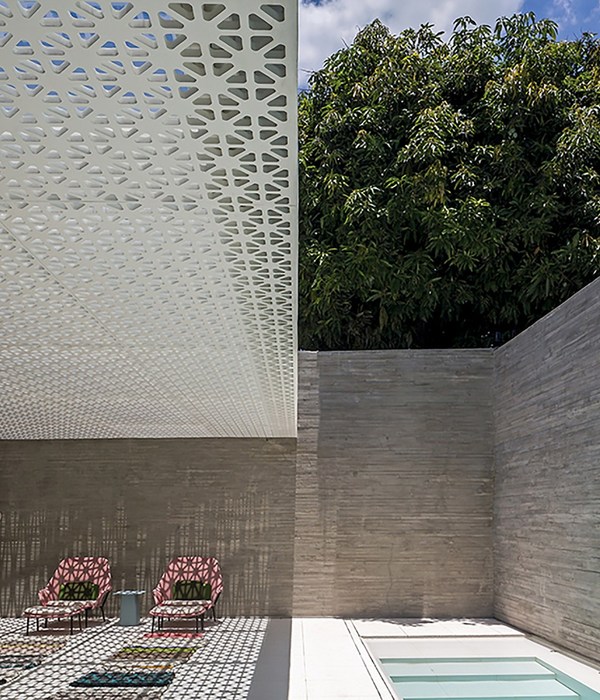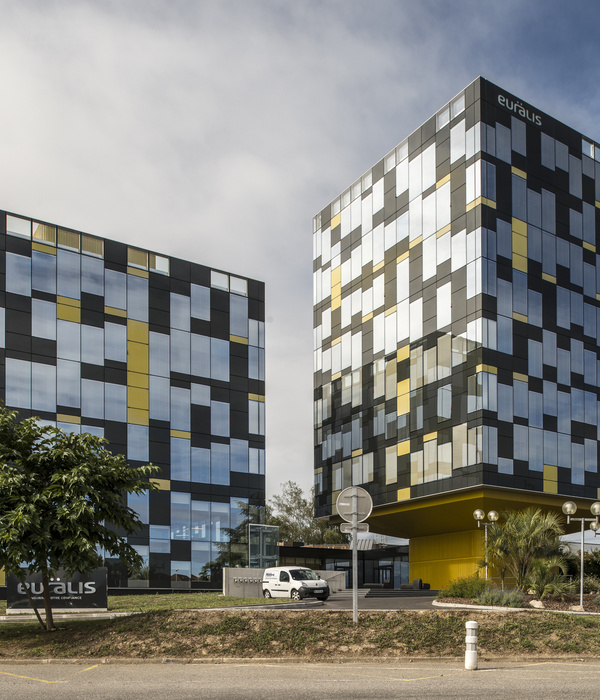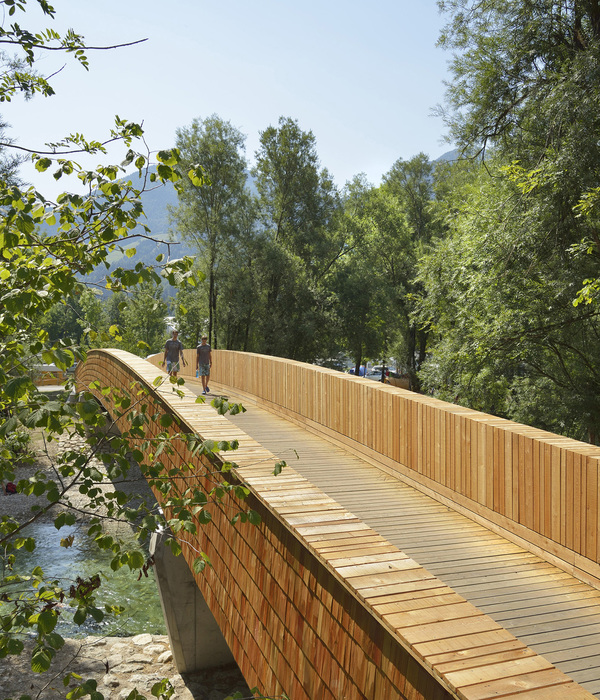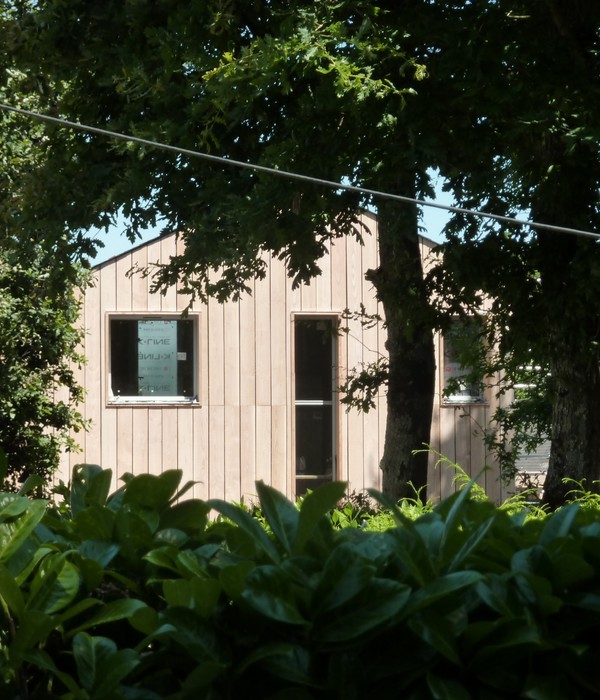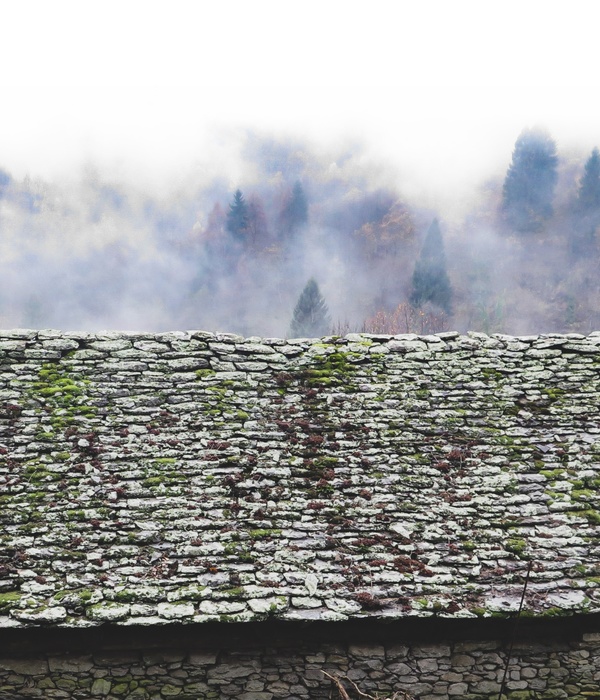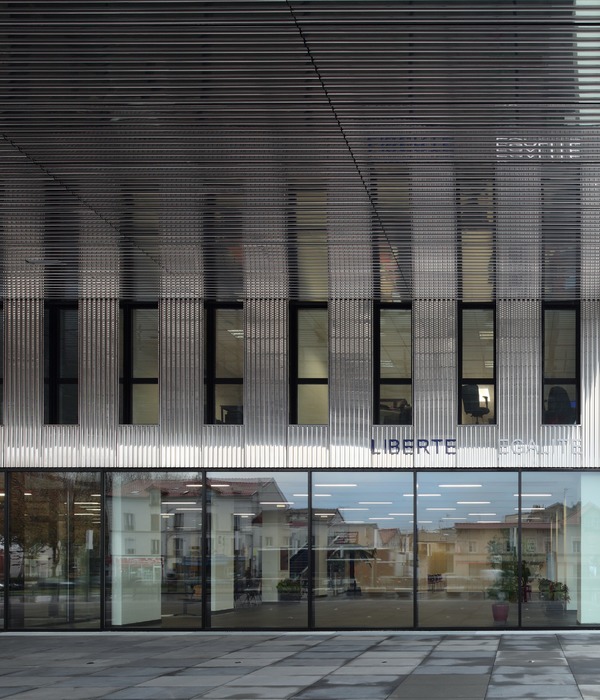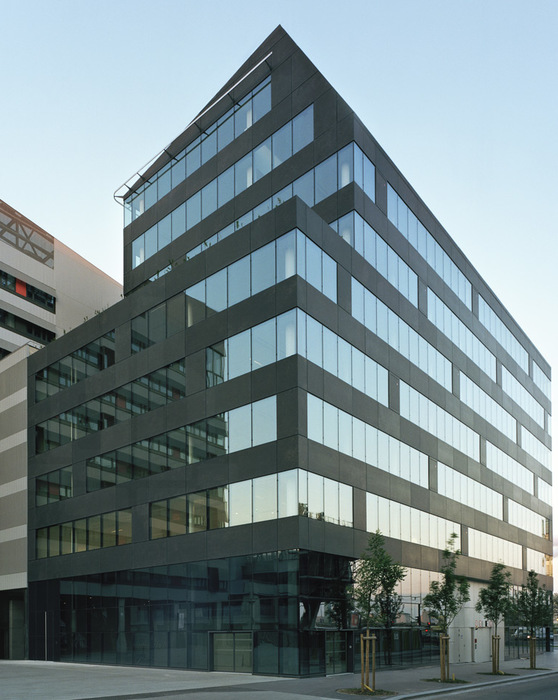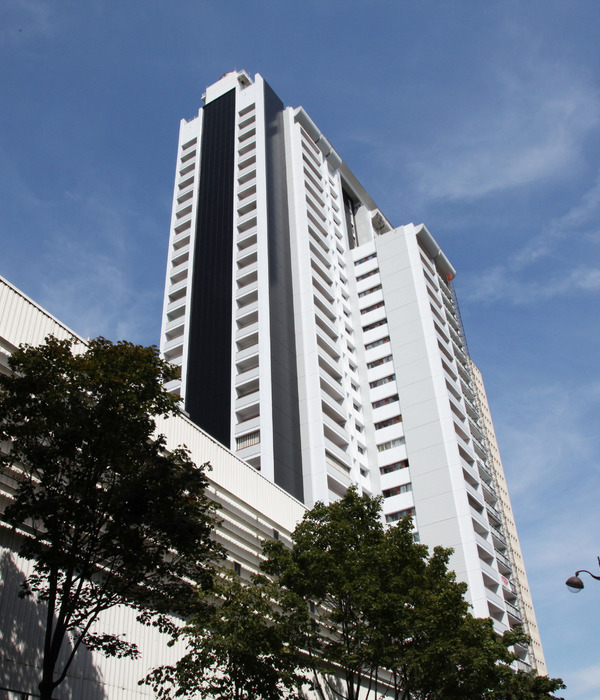In the year 2000 a bridge connecting Denmark and Sweden was built close to Copenhagen Airport. Like the airport itself, the whole area has been characterized by tremendous development. The need for electricity has grown, and so a new transformer station has been built to handle high-voltage power and better meet consumer needs, not only for private homes but also for trains, industrial applications and airport installations.
The sub-station’s location is directly determined by the maximum cable length from transformer to consumer. The site itself is a narrow triangle, wedged in between the motorway and the railway tracks running above and below ground. The cylindrical building is visible from all sides and is the last landmark that drivers see as they reach the bridge leading to Sweden. The sub-station’s huge transformers develop waste heat, which is expelled naturally via the 1.5-metre-wide gallery between the building’s inner concrete structure and the glass facing. During the building of the sub-station the project was complemented with a discount supermarket, a petrol station and a fast-food restaurant on the neighbouring site. These three functions were gathered in a low glass building. Its circular design echoes the substation’s shape and ensures a smooth traffic flow as well as excellent parking.
What is more, the building lends a rarely seen elegance to these three auxiliary functions. The glass façade consists of nearly 2,500 glass plates that have been polished on the three visible edges. The fourth edge is matte and lit with fibre-optic cables. The visible edges glow faintly, giving the building a radiant and graceful appearance even at night. Solar cells on the structure’s roof power this decoration, which was created in cooperation with the renowned Danish artist Ingvar Cronhammar. The building’s spectacular appearance has given rise to articles and illustrations in newspapers and magazines.
{{item.text_origin}}

